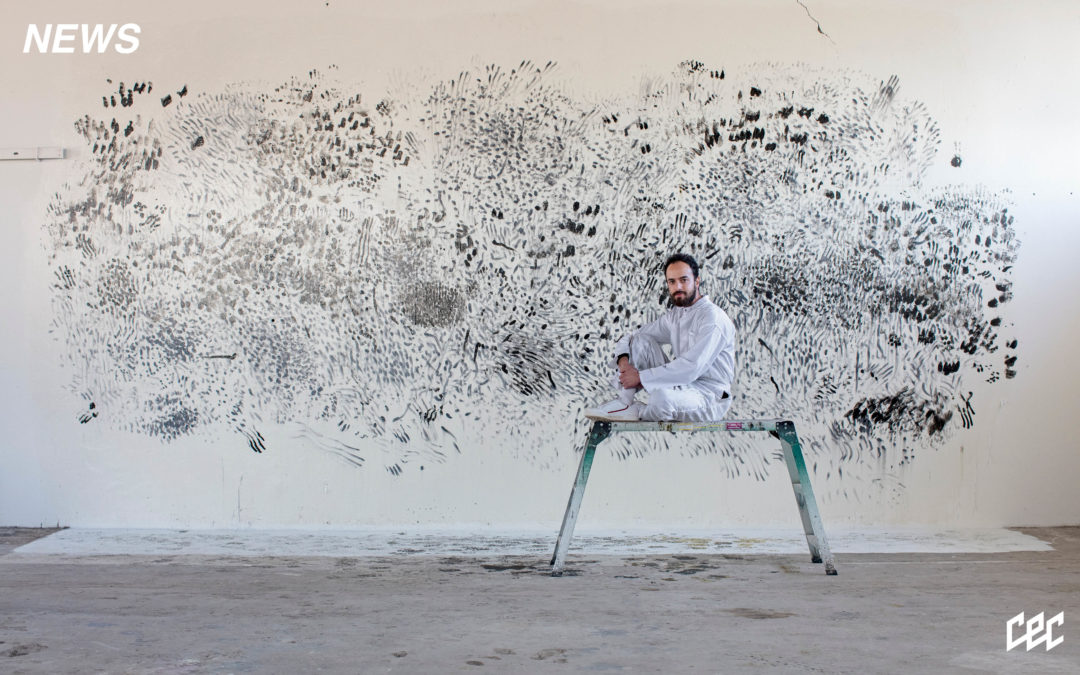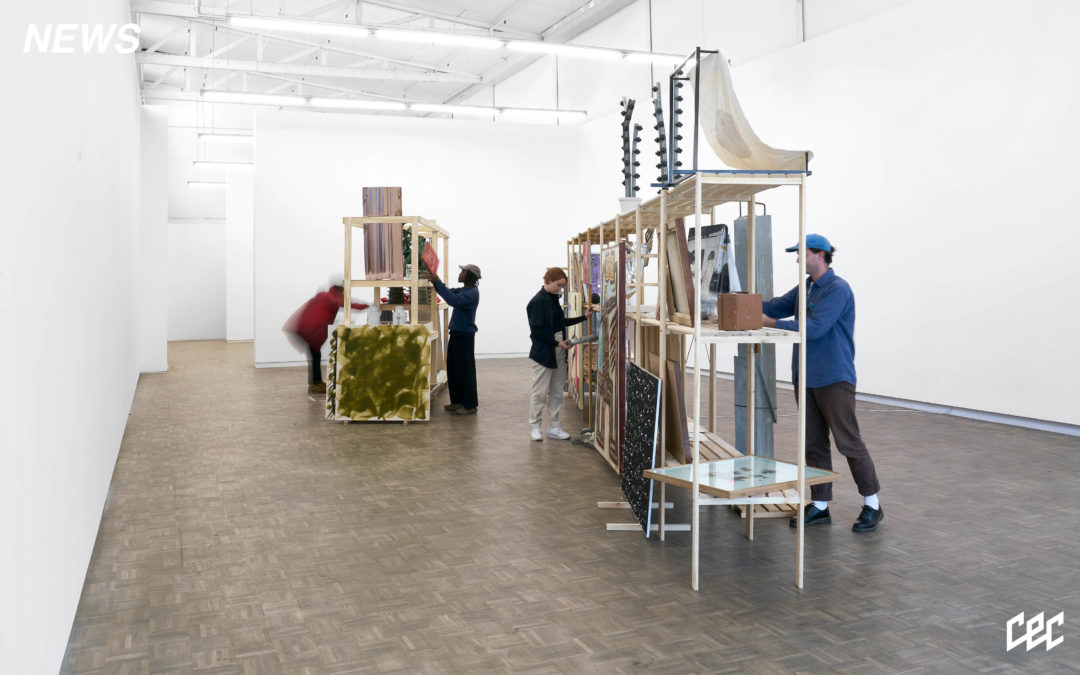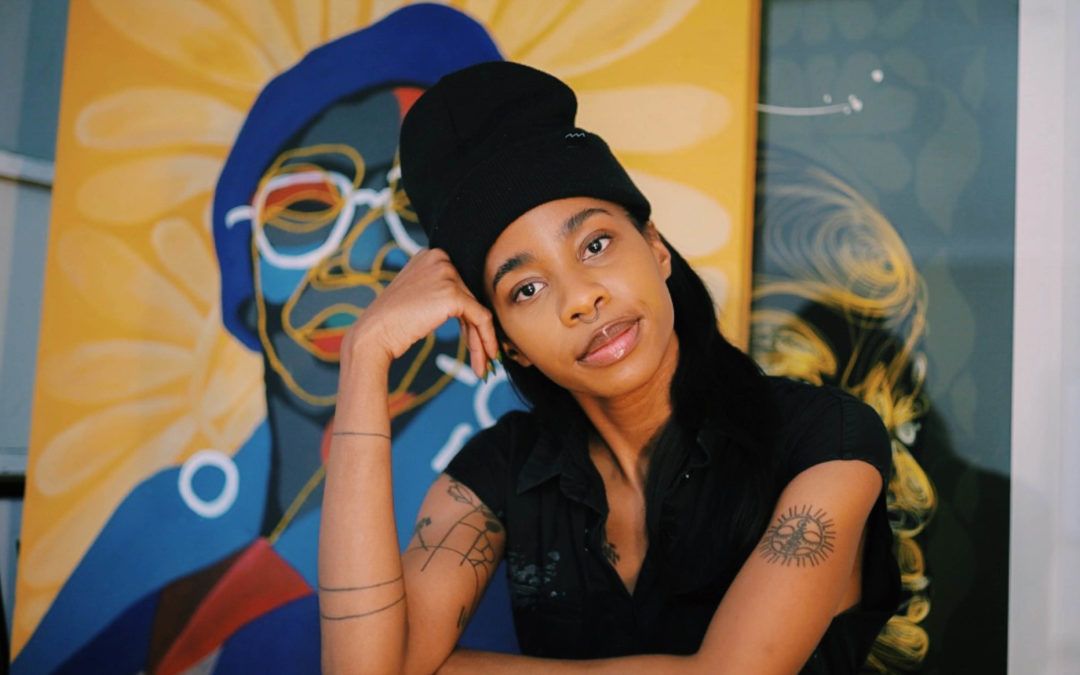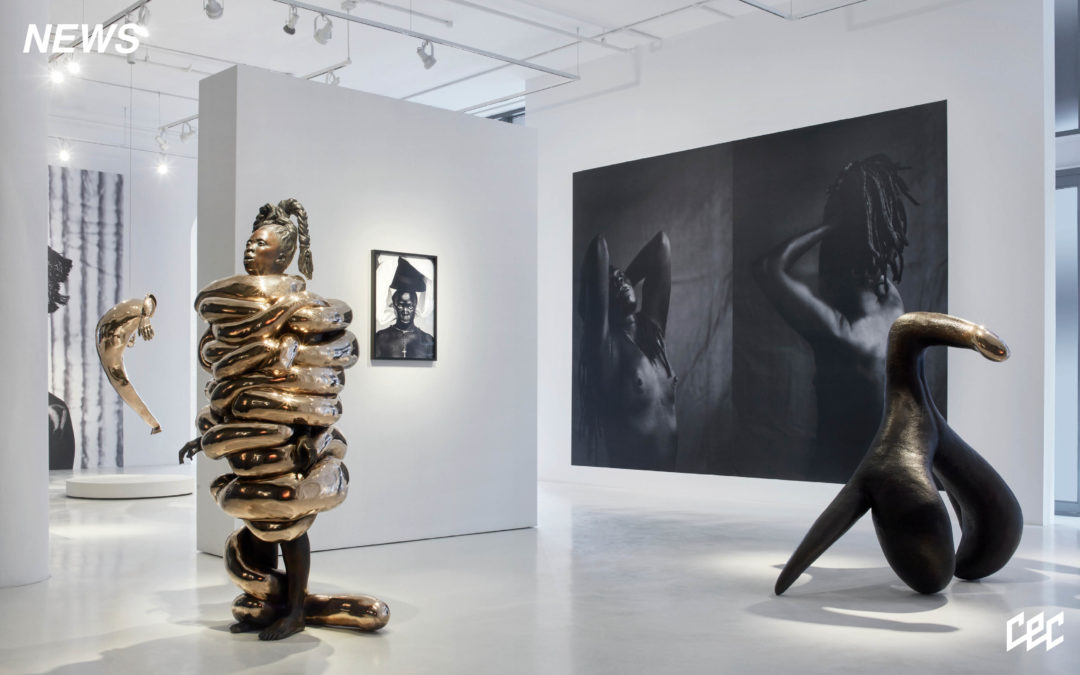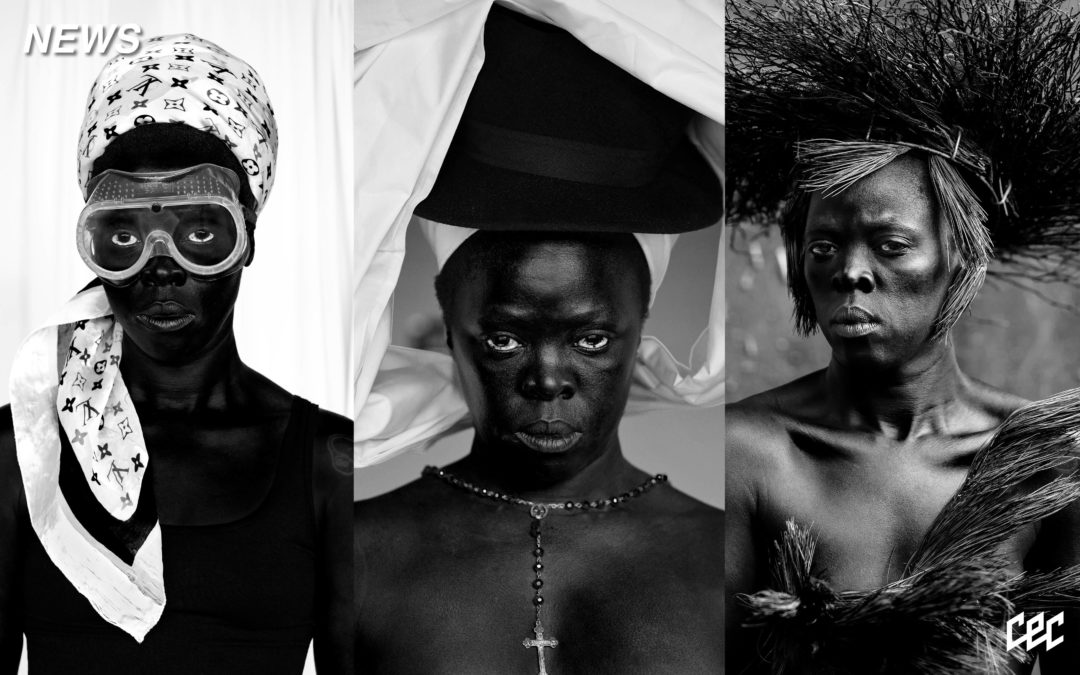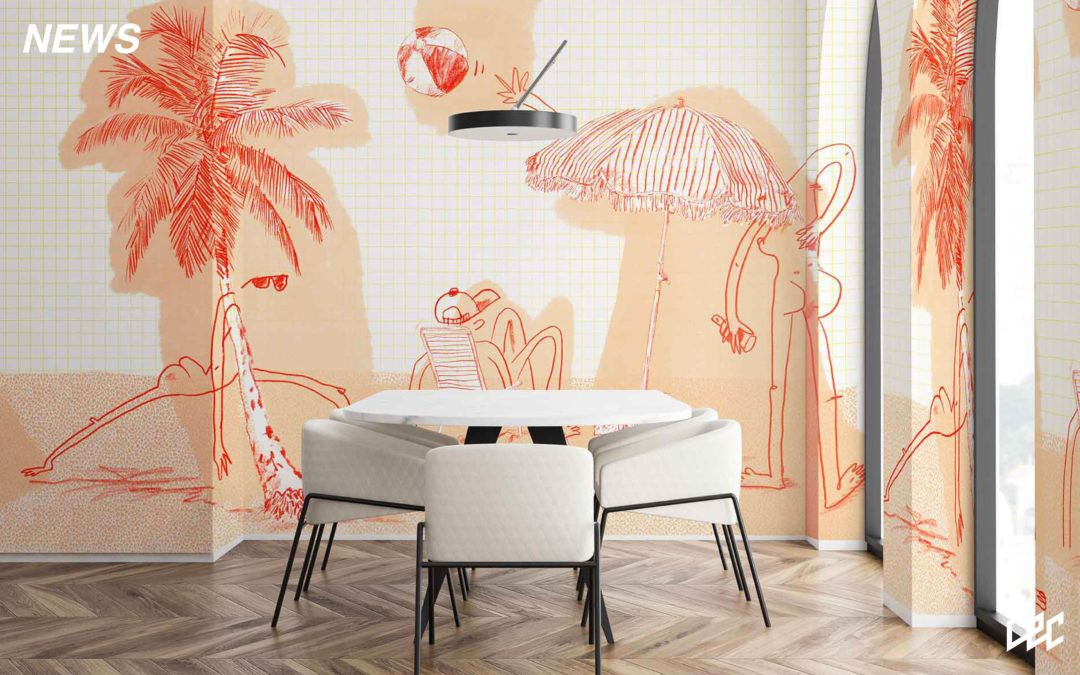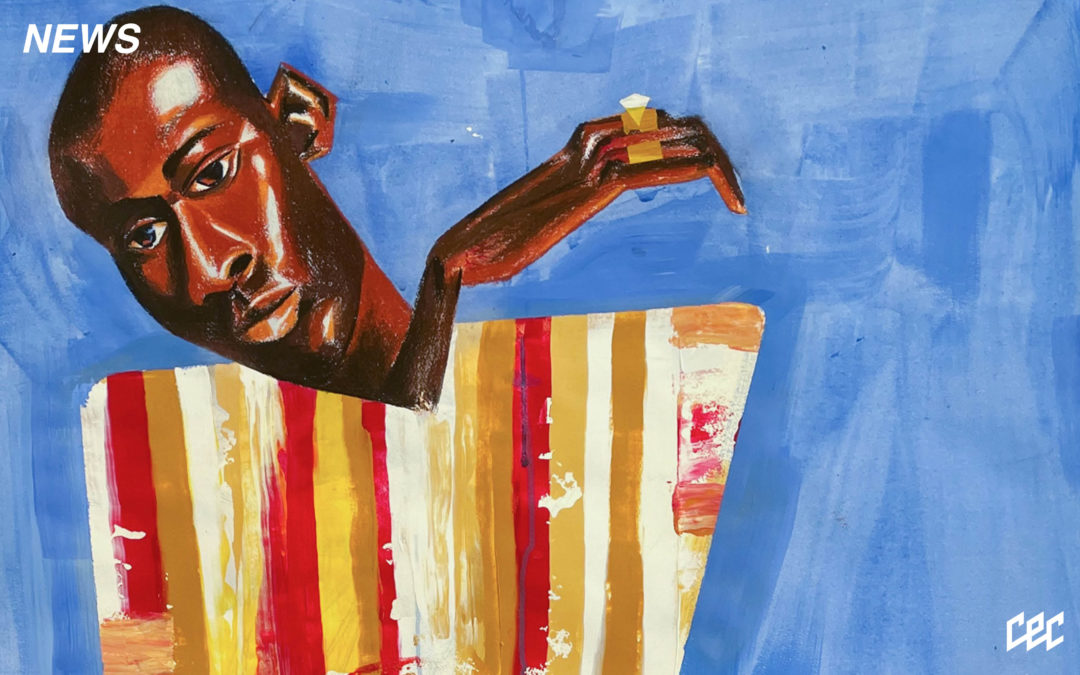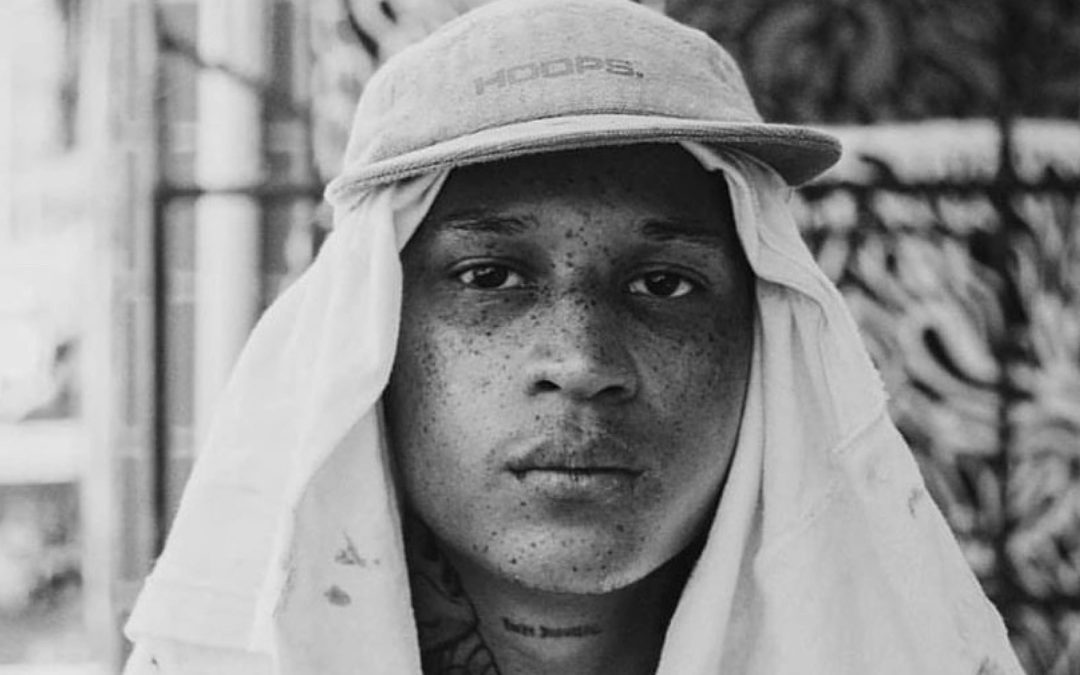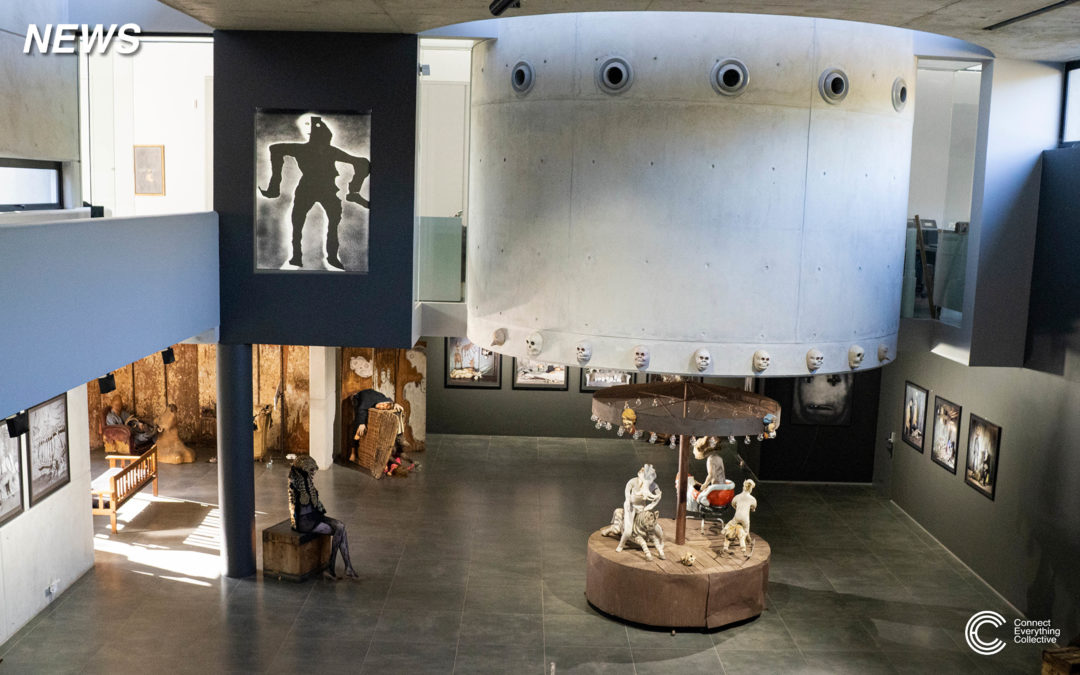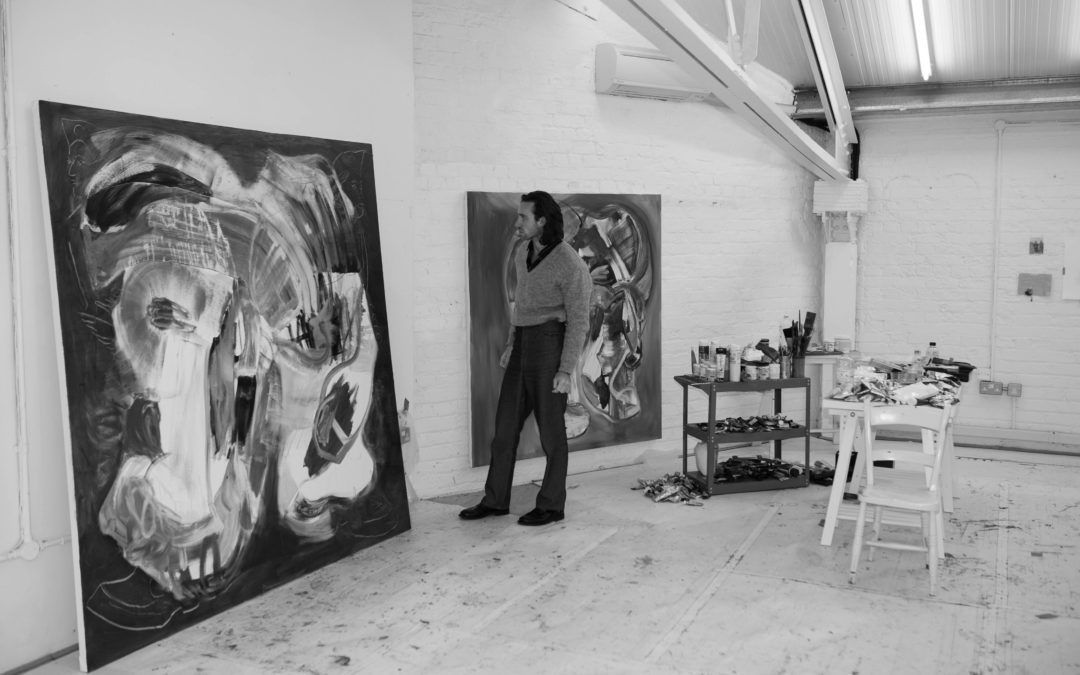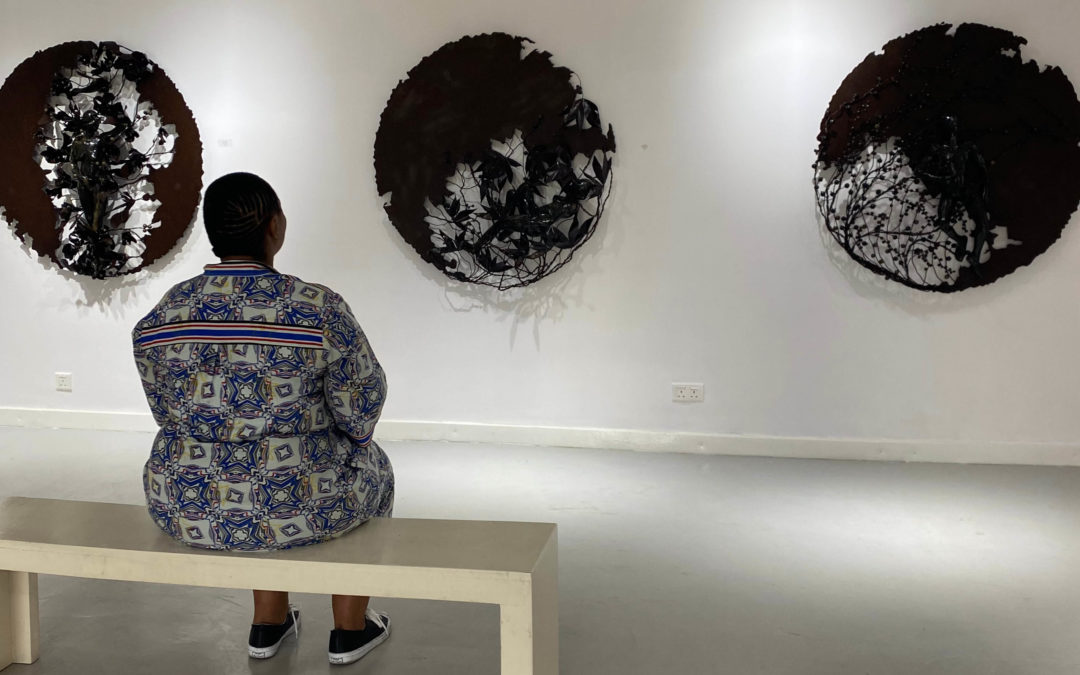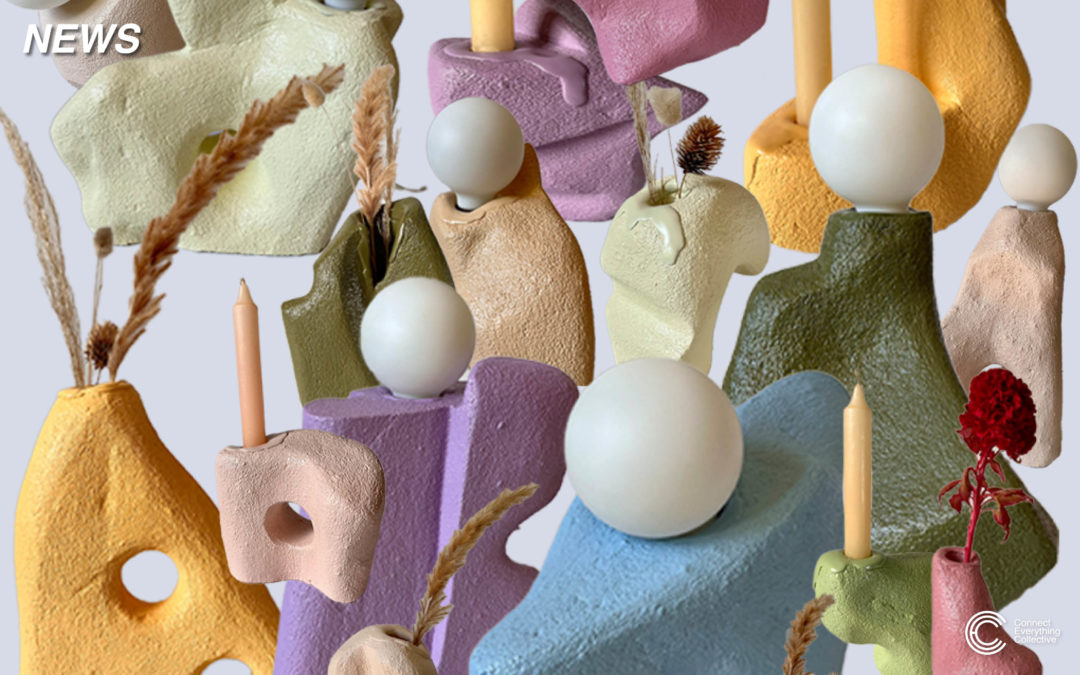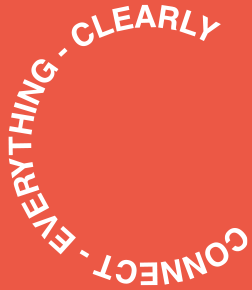“Yada-Yada like Blah-Blah like Dada.”
“A persistent theme in Liberty Battson’s work has been the language of visual art. This latest body of work uses the iconic styles of major figures to engage with – and celebrate – modern art history.
The flat, colourful faces that make up ‘Yada-Yada Club’ draw on the languages of 20th century Masters. In a tongue-in-cheek postmodern overview, Battson acknowledges the impenetrability and opaqueness of their abstract and conceptual work to many people. Referring to a range of movements – from the Dadaists and Cubists to the New York School and Young British Artists, Battson aims for her viewers to recognise some of the silhouettes she has selected, and wonder about others.” – Lena Sulik for Everard Read Gallery
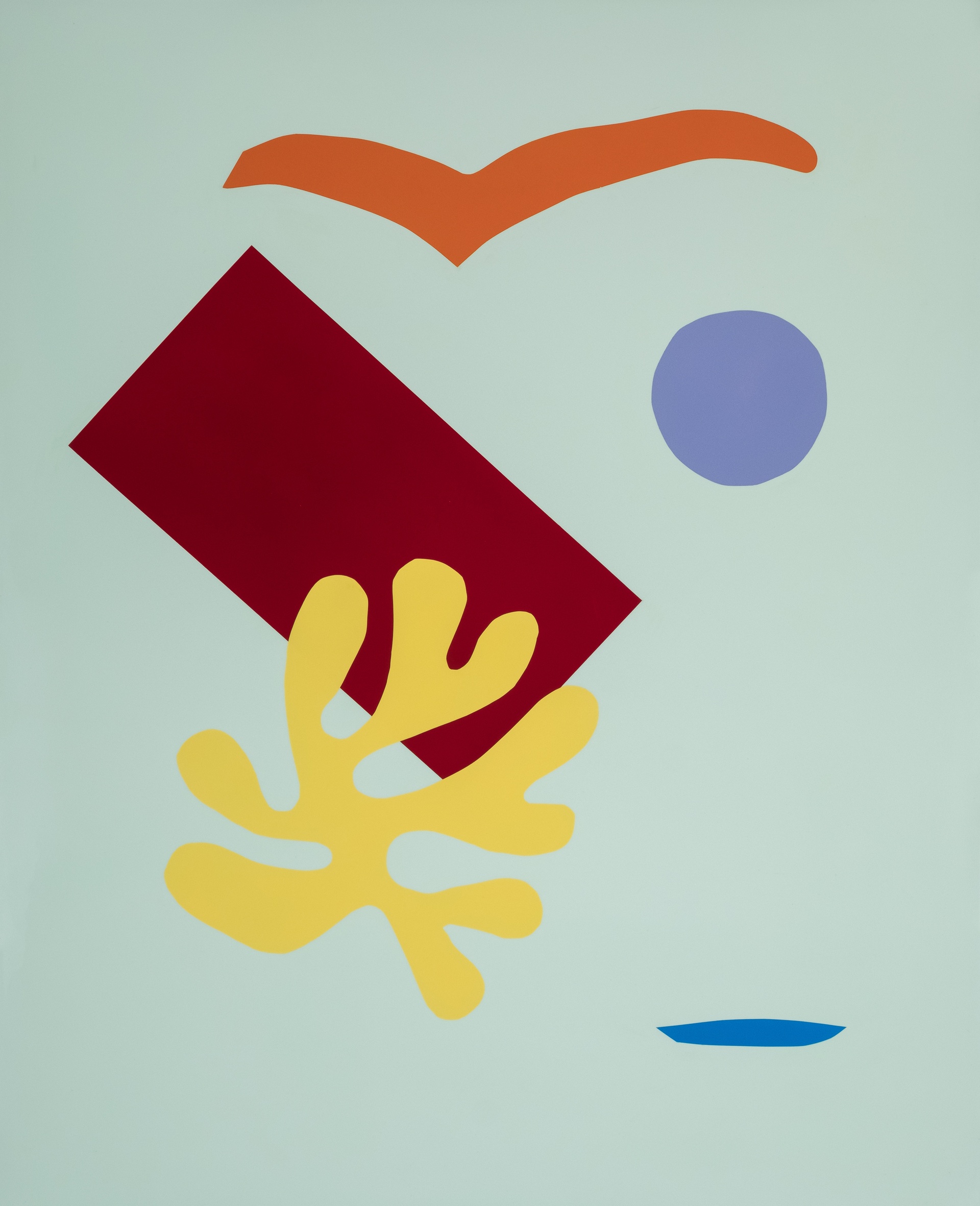

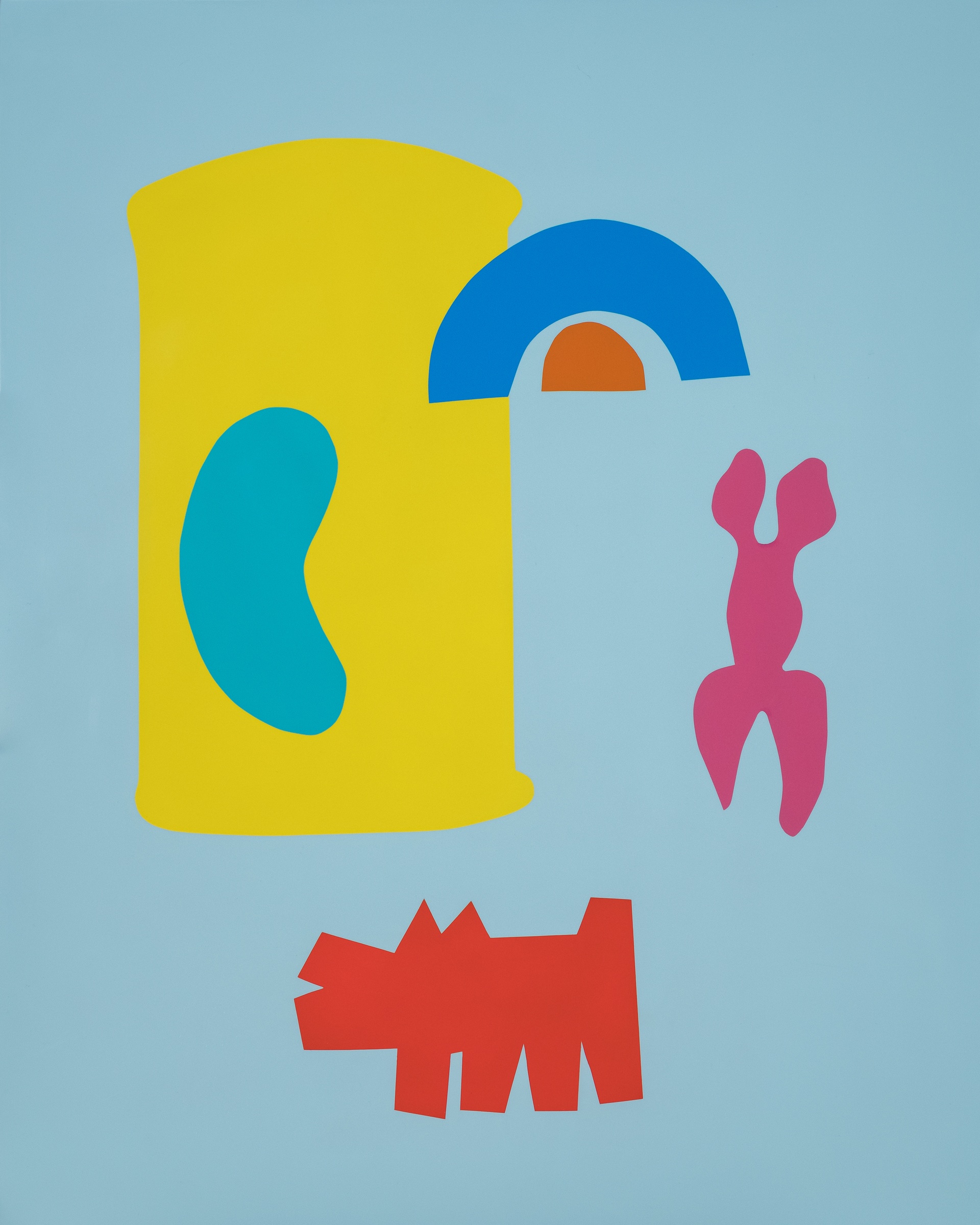
Liberty Battson has coined a new term for her latest showcase – “Art Gibberish”. What at first seems to be a cheeky omission from an artist as “nonsense” – is in fact, a playful and loving semantic note that describes for Liberty her strongest theme running through her career: that art is a language; a syntactic arrangement that is infinitely variable, and pursued through many mediums and styles, the same way dialects become regional and linguistic jargon develops out of subcultures. Known for her distinct style using precise lines in vivid colours, “Yada-Yada Club” is the first diversion we have seen towards a new landscape for Liberty – instead, this showcase is explicitly post-modern, and uses a variety of Liberty’s most revered artistic Masters of the 20th century as affectionate references; creating interpretations of works from artists like Dalí and Matisse, for the viewer to decode in a visual treasure-hunt.
On this diversion, Liberty says “This is the first body of work where I’ve ventured away from stripes but I’m still dominantly attracted to hard edge, clean cut lines even though this time they are objects. I like controlling the paint, even when I am painting freehand I still aim to have control over the paint, I’ve made looser work and come full circle where I want to contain it again. It’s just an overflow of influence. I’m in awe of Abstraction and Modern art whose key principles are uniformity, structure and geometry – this was a great challenge and undertaking in a period where art was very realistic and pictorial. I approach art very mathematically, using data, stats, numbers, codes. I still had a mathematical approach by selecting specific subjects and arranging them into funny faces. I knew exactly how each one should look before I even touched the canvas.”
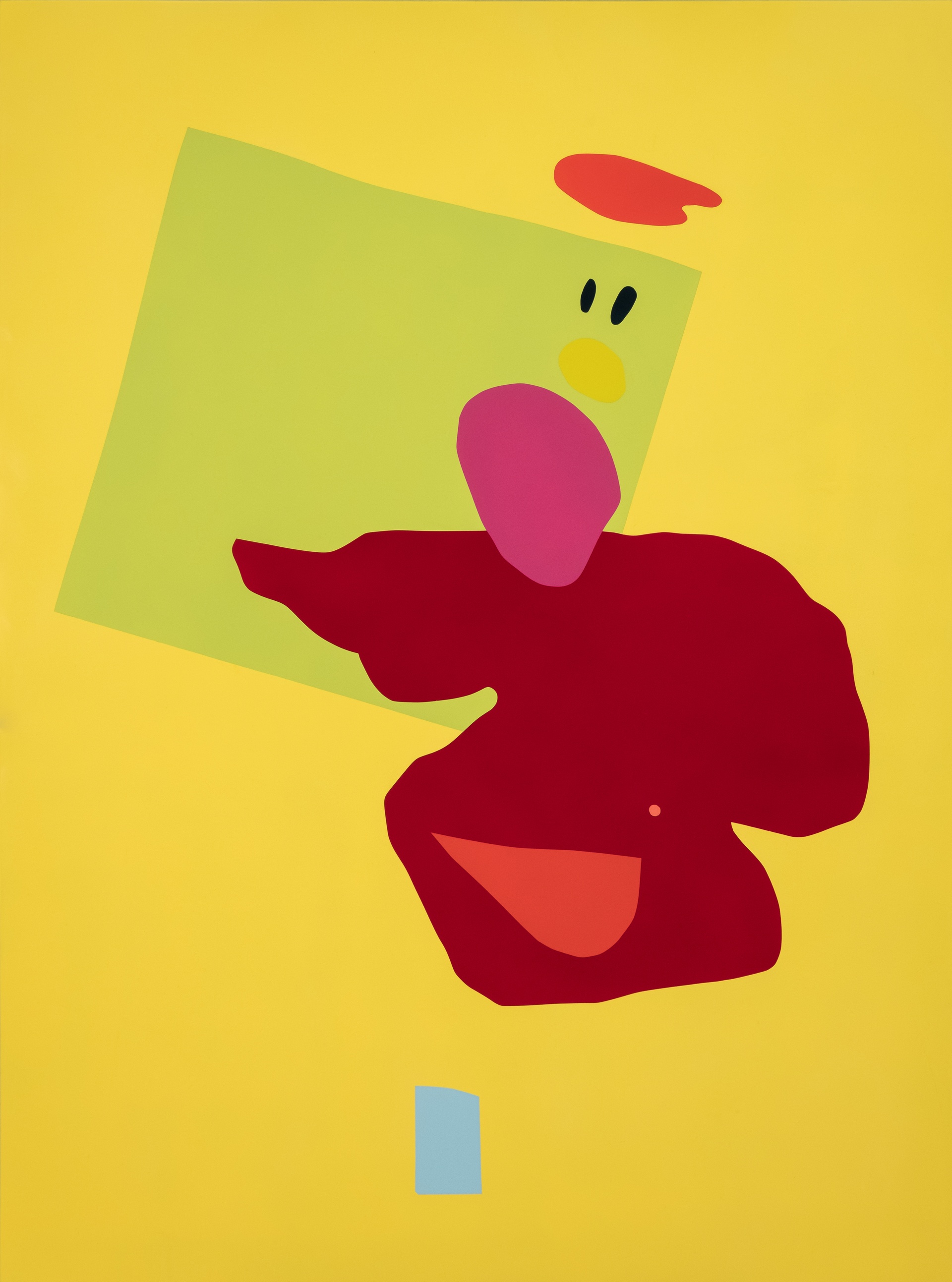
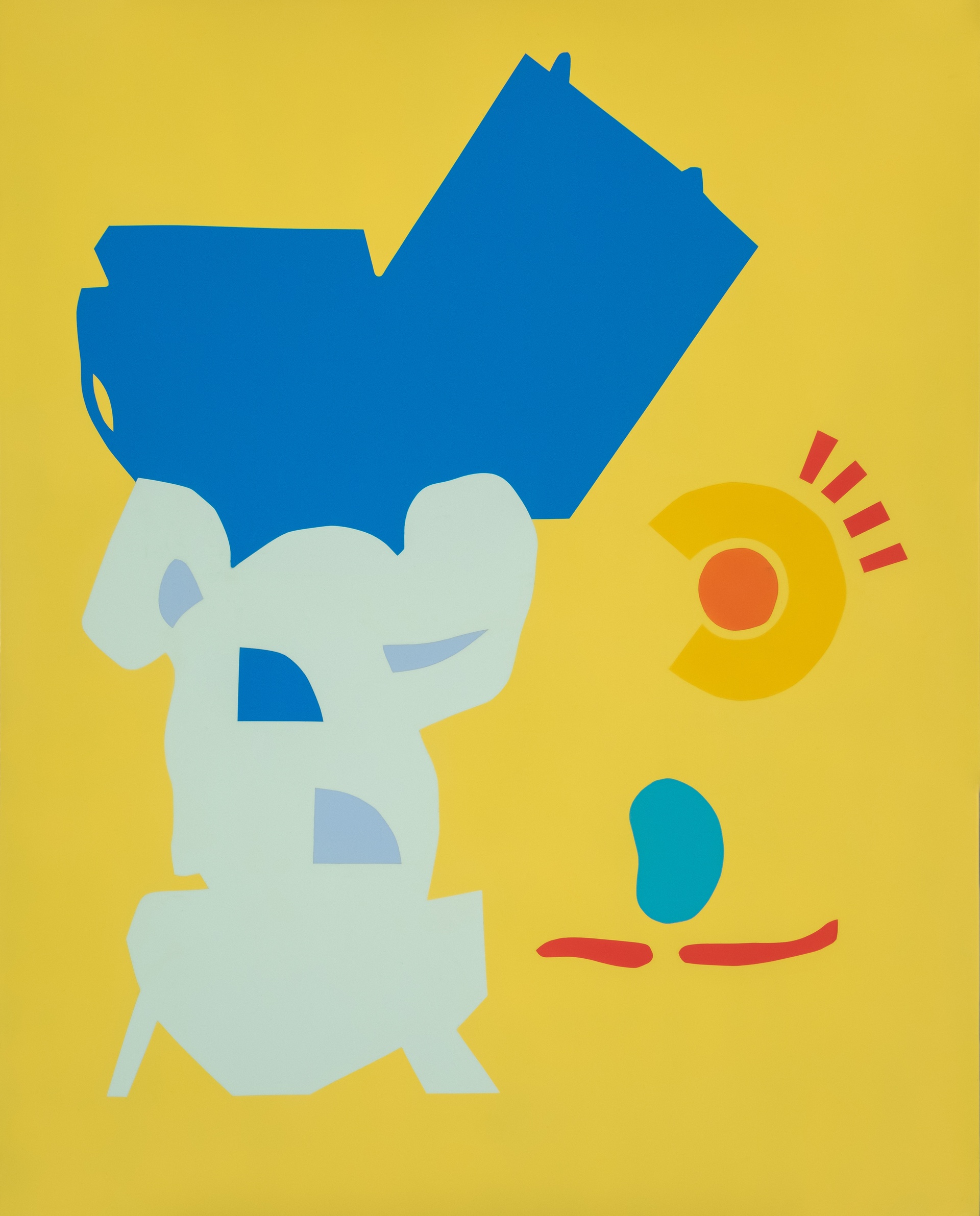
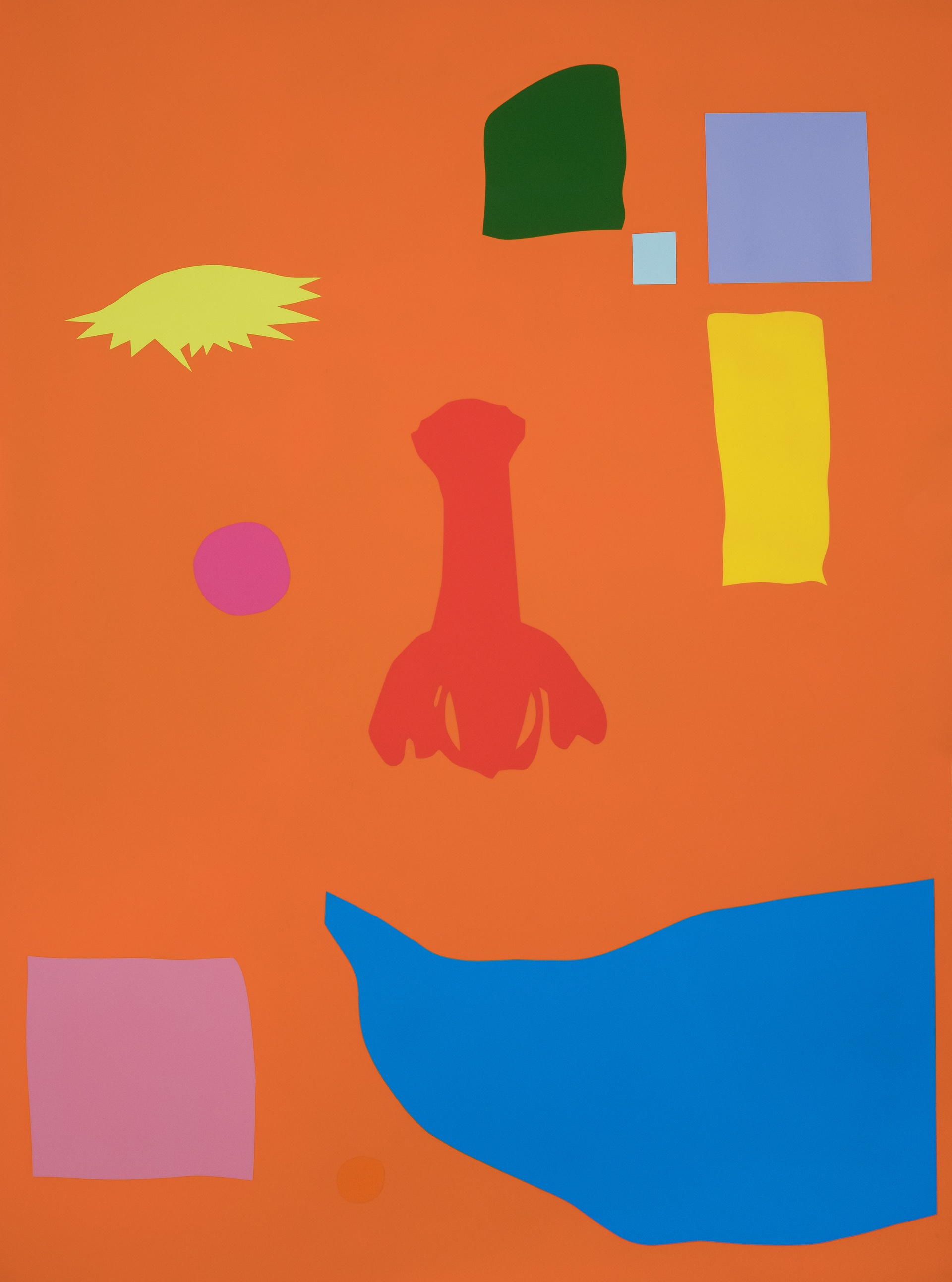
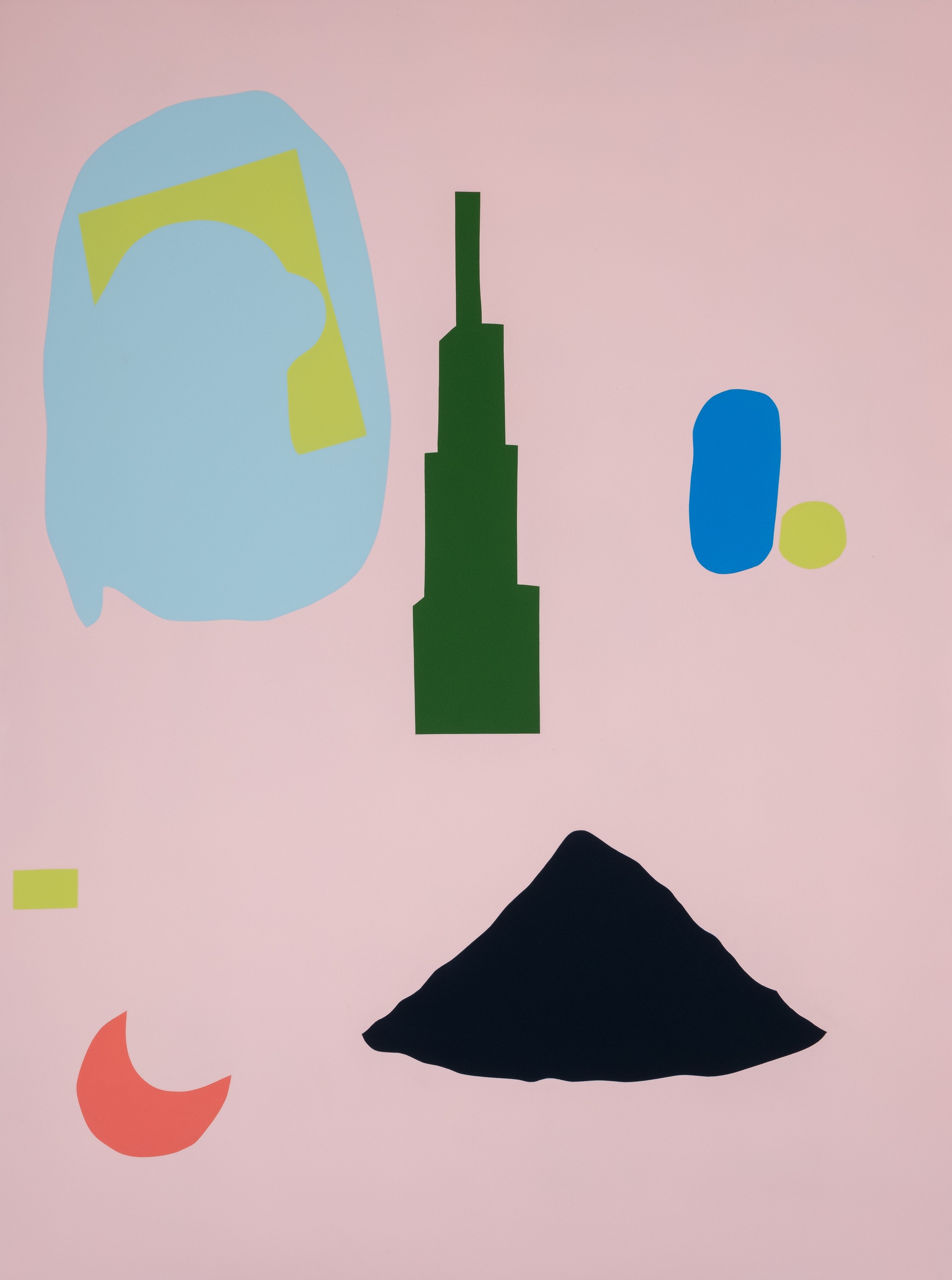
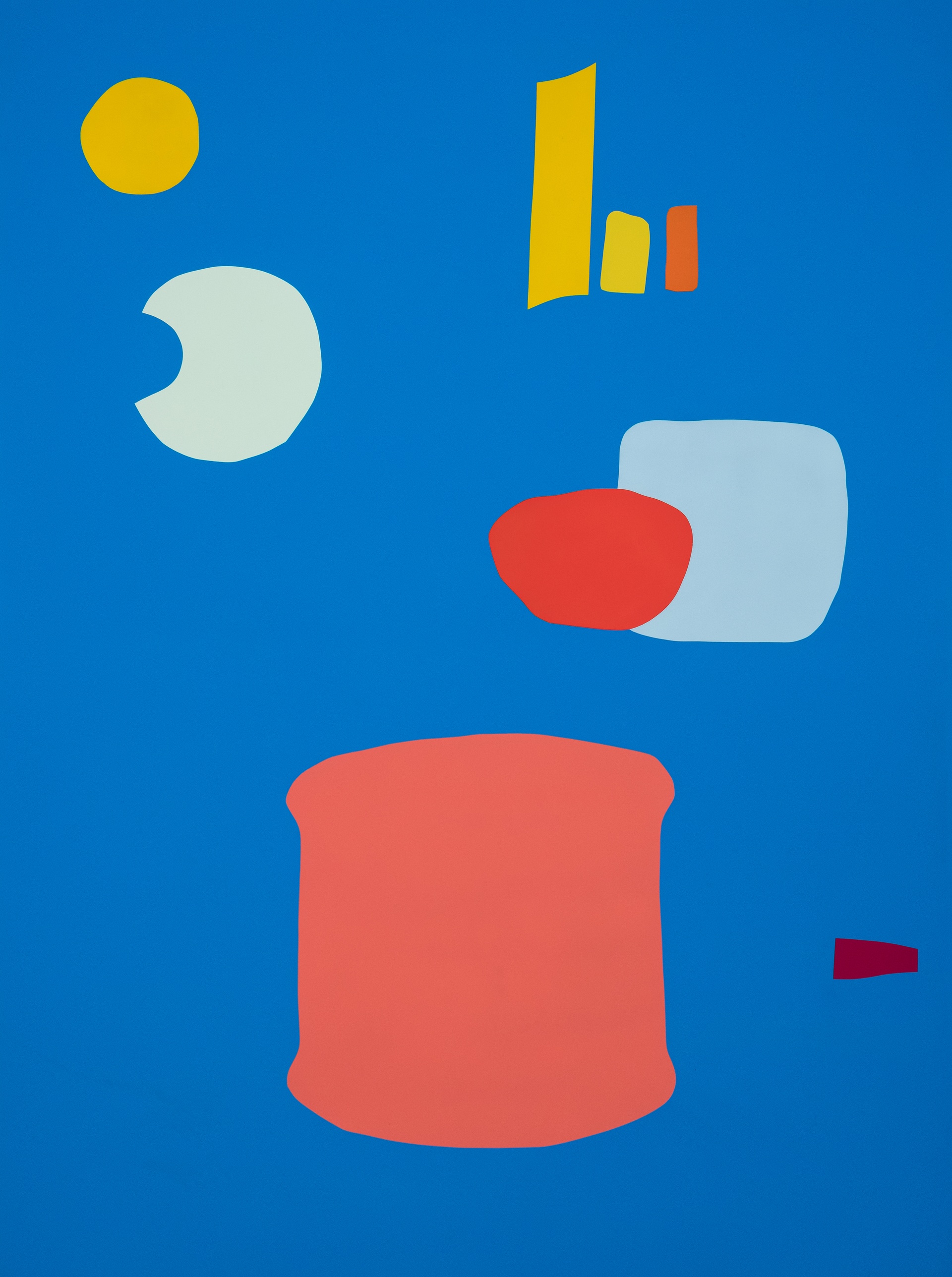
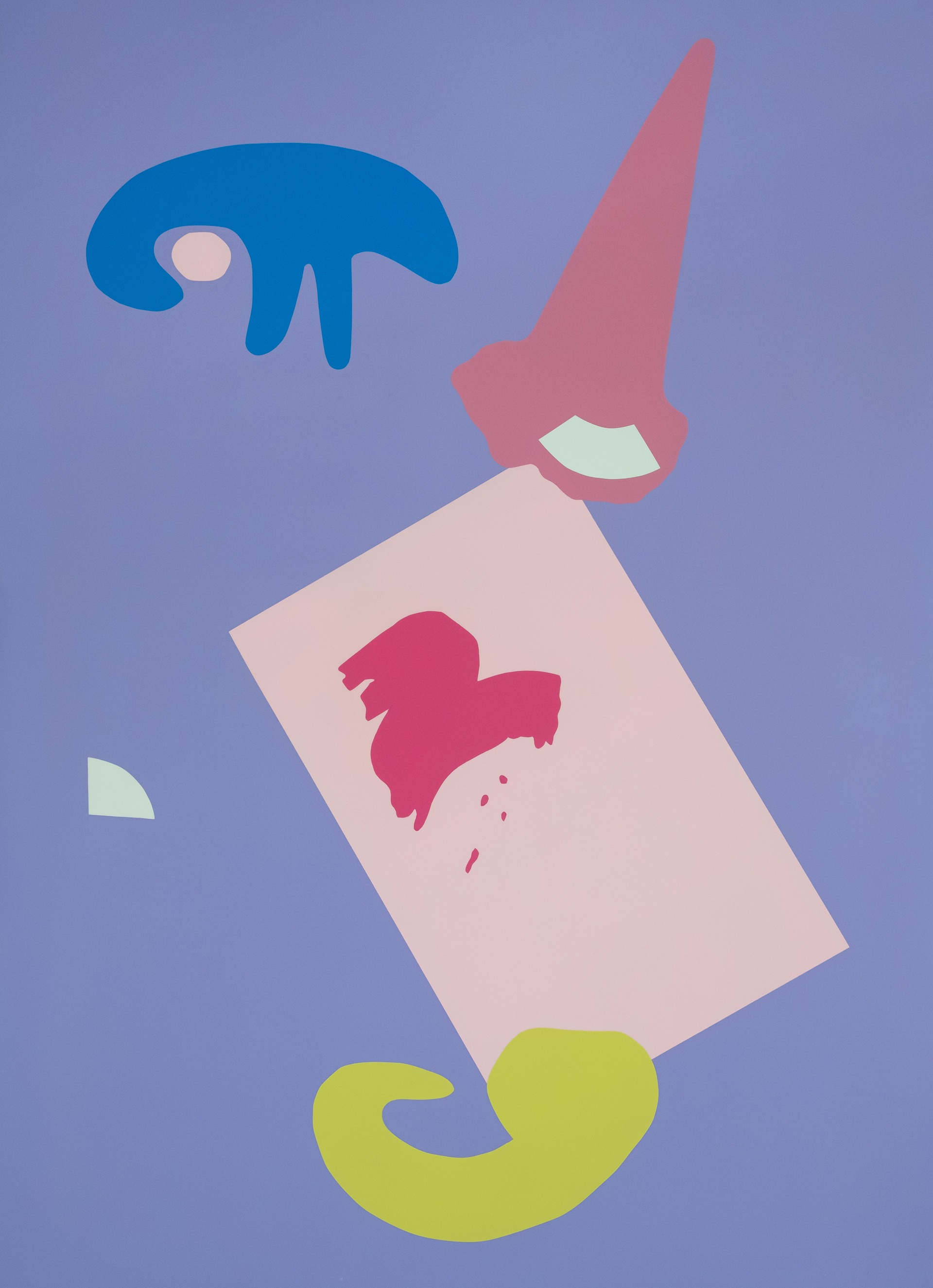
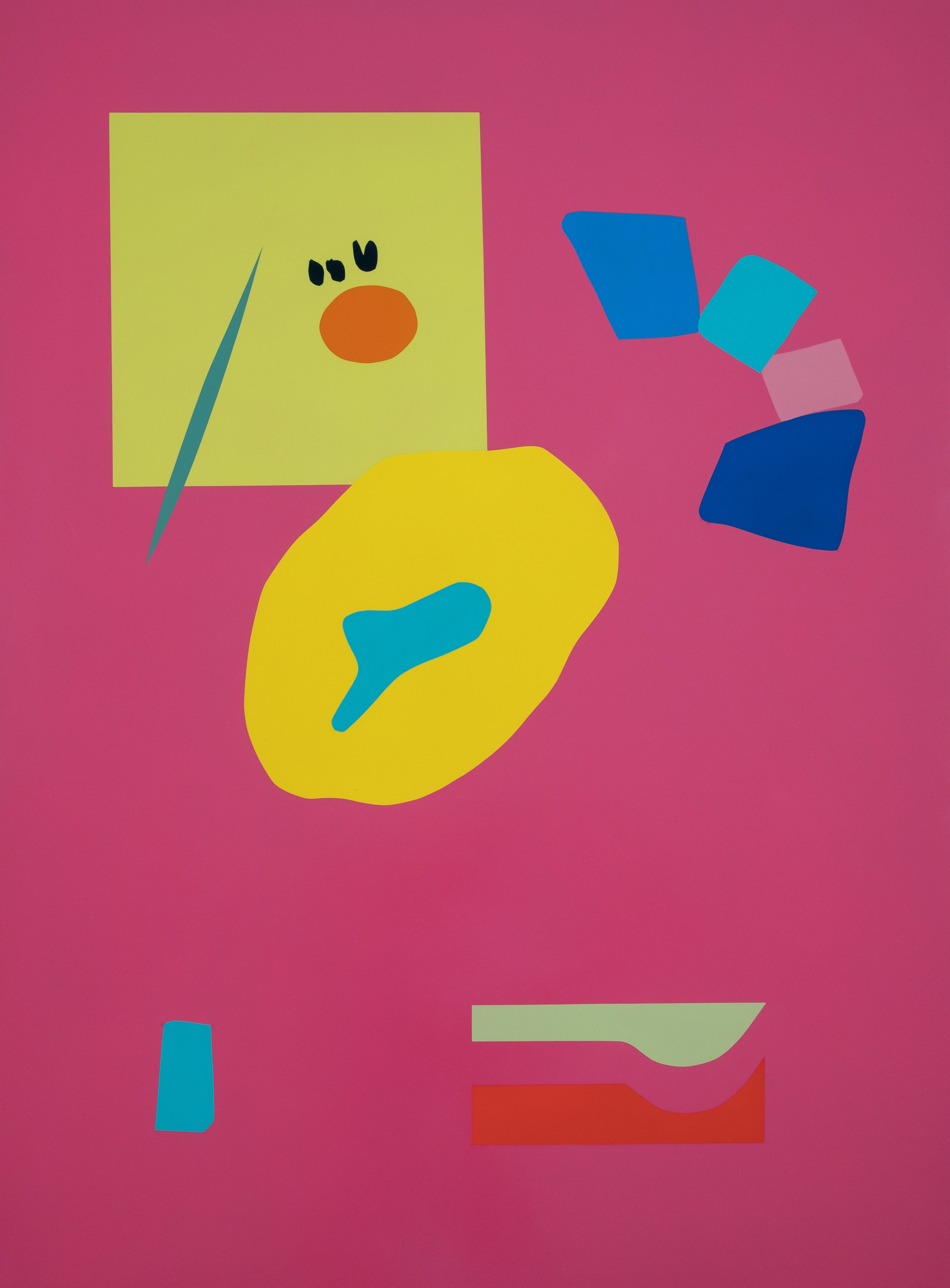
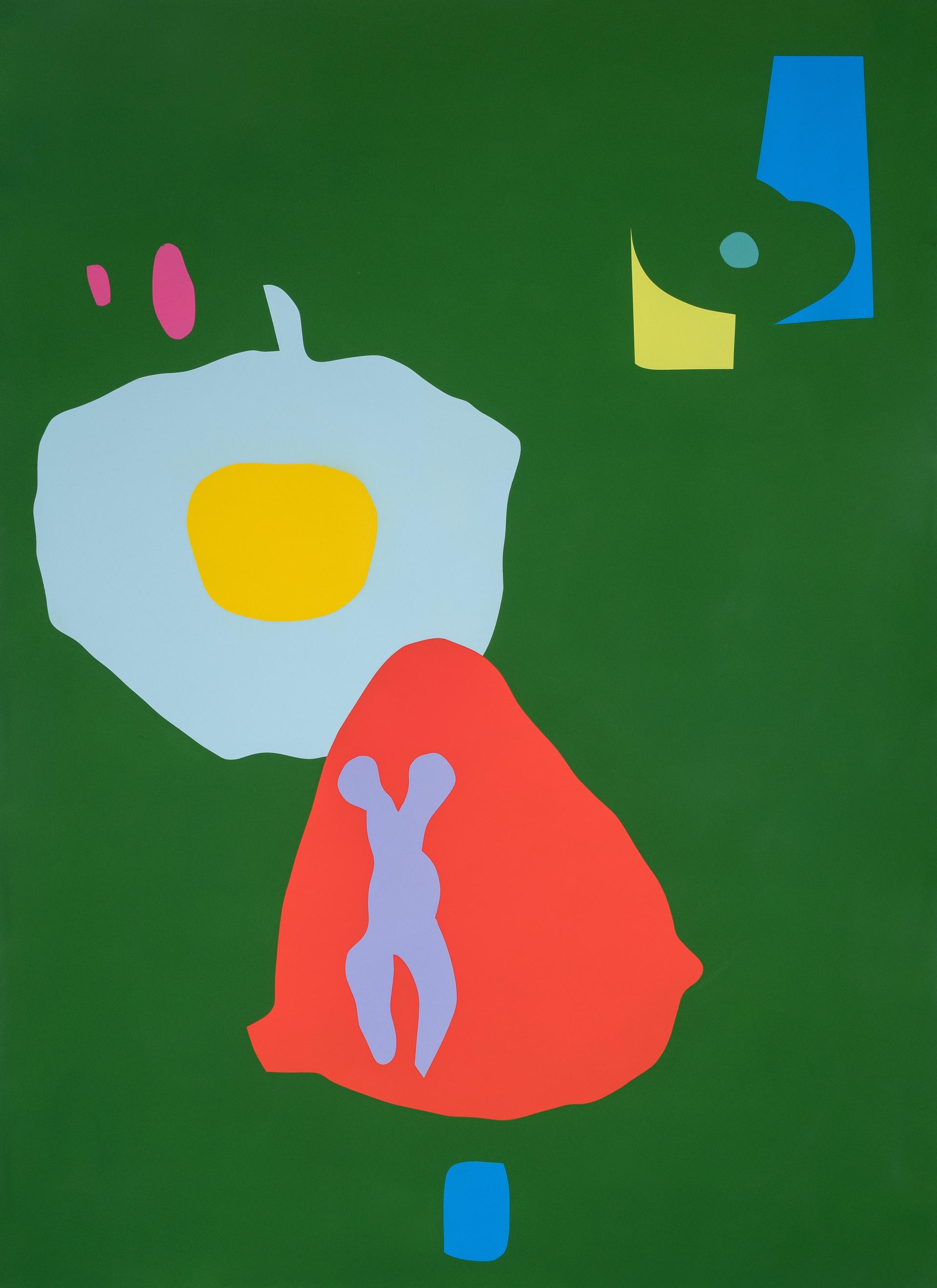
Using her distinguishing medium, 2k automotive paint, Liberty explains why this has come be her signature, against the traditions of oils or water-colours; “I’ve always been inspired by artists who push the boundaries of their chosen medium, such as when painters master the timing and viscosity of paint to get you questioning if it’s actually painted or when ceramicist work dangerously thin or sculptors who make hard materials look soft. It was important for me to use Automotive paint on a medium (canvas) to which it wasn’t designed and get the same finish as if it was painted onto car parts. It was important to me to master the material. I haven’t met many artists using it the way I do, therefore my work is quite recognisable. That’s the goal, you want to walk into a room and recognise the artwork before you go close enough to read the signature. Even better to wonder how the artist made it, to get the viewer thinking.”
Encouraged by the artists referenced in Yada-Yada Club, Liberty remains committed to the pursuit of her own artistic development; and this mindfulness is perhaps rooted in her genuine joy and awe for the stylistic traditions that have come before her. Commenting on the exhibition’s affectionate tone, Liberty says, “These faces are made up of different Master artworks over the past decade, most with the theme of being anti-war, inspired by Dada. I hope viewers see the silhouette of one or more of these artworks or better yet see their own imaginary subjects. Kazi is the nickname for Kasimir Malevich who features in this artwork alongside Salvador Dalí, Alexander Calder, Philip Guston and Pablo Picasso. Gav is my nickname for Gavin Turk. In this artwork there is also representation of Yves Klein, Marcel Duchamp and Alexander Rodchenko. Néné is my name for René Magritte, who starred with Edvard Munch, Philip Guston and Yves Klein. Fridz is short for Frida Kahlo, one of few women artists represented here, alongside Jackson Pollock, Damien Hirst and Henri Matisse. It is always my intention to celebrate these Masters and show my close relationship with them, their impact on me; that’s what inspired the titles, as well as to link the personification so viewers could identify a face.”
Yada-Yada Club is on show at Everard Read Gallery Cape Town until 2nd July 2022.

